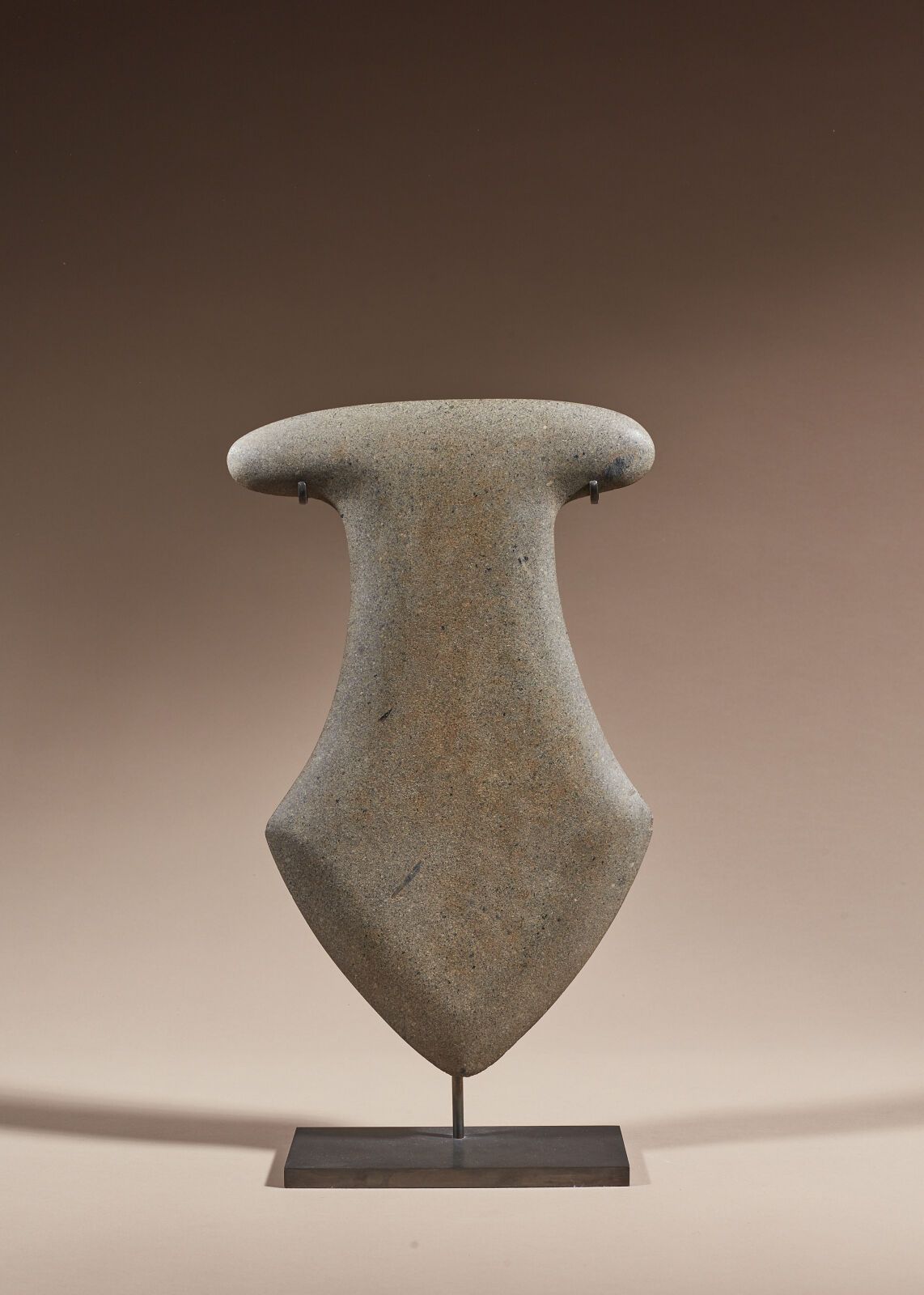Description
Large lithophone Grey stone Valdivia culture, Ecuador 3000-1500 BC Height 35.7 cm; Width 25.3 cm Provenance: - Galerie Lin et Émile Deletaille, Brussels. A certificate of authenticity dated June 15, 1995 will be given to the buyer. Expert: Bénédicte Hamard
206
Large lithophone Grey stone Valdivia culture, Ecuador 3000-1500 BC Height 35.7 cm; Width 25.3 cm Provenance: - Galerie Lin et Émile Deletaille, Brussels. A certificate of authenticity dated June 15, 1995 will be given to the buyer. Expert: Bénédicte Hamard
You may also like
